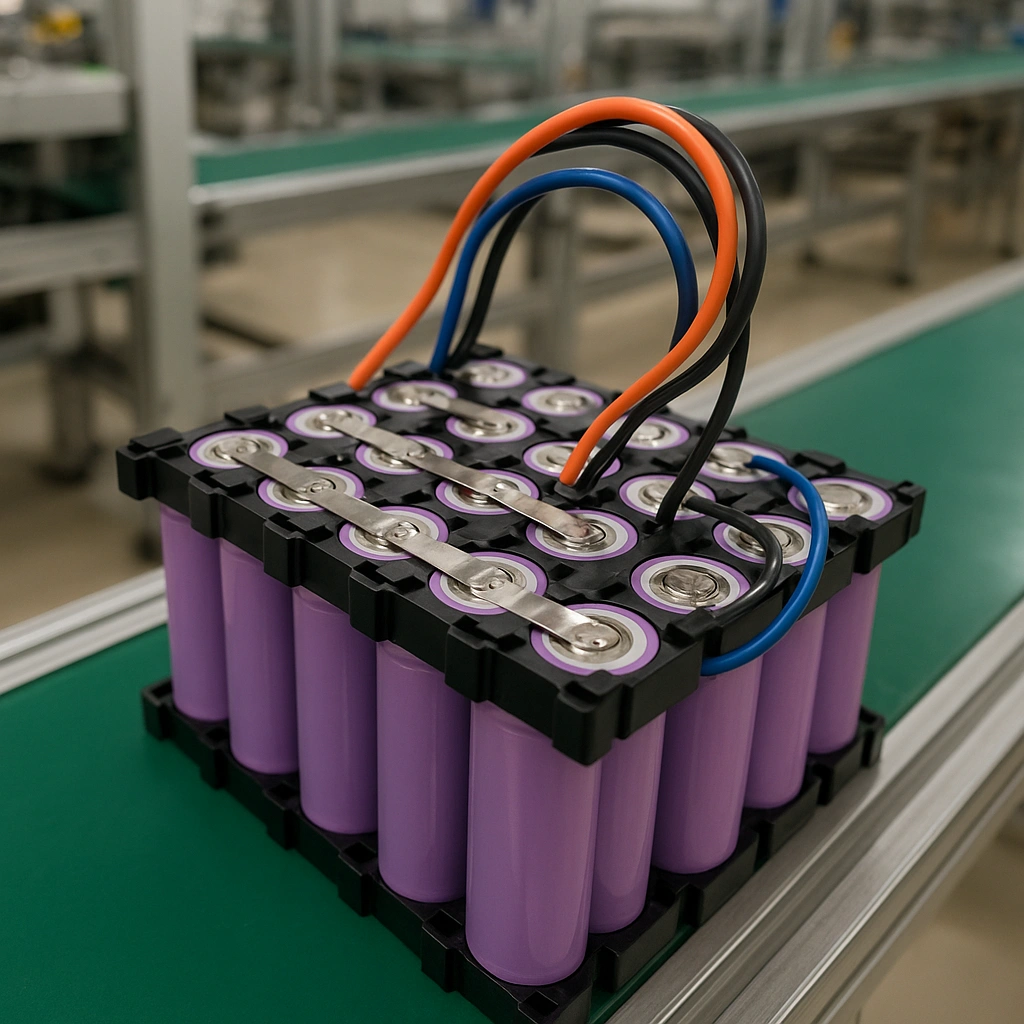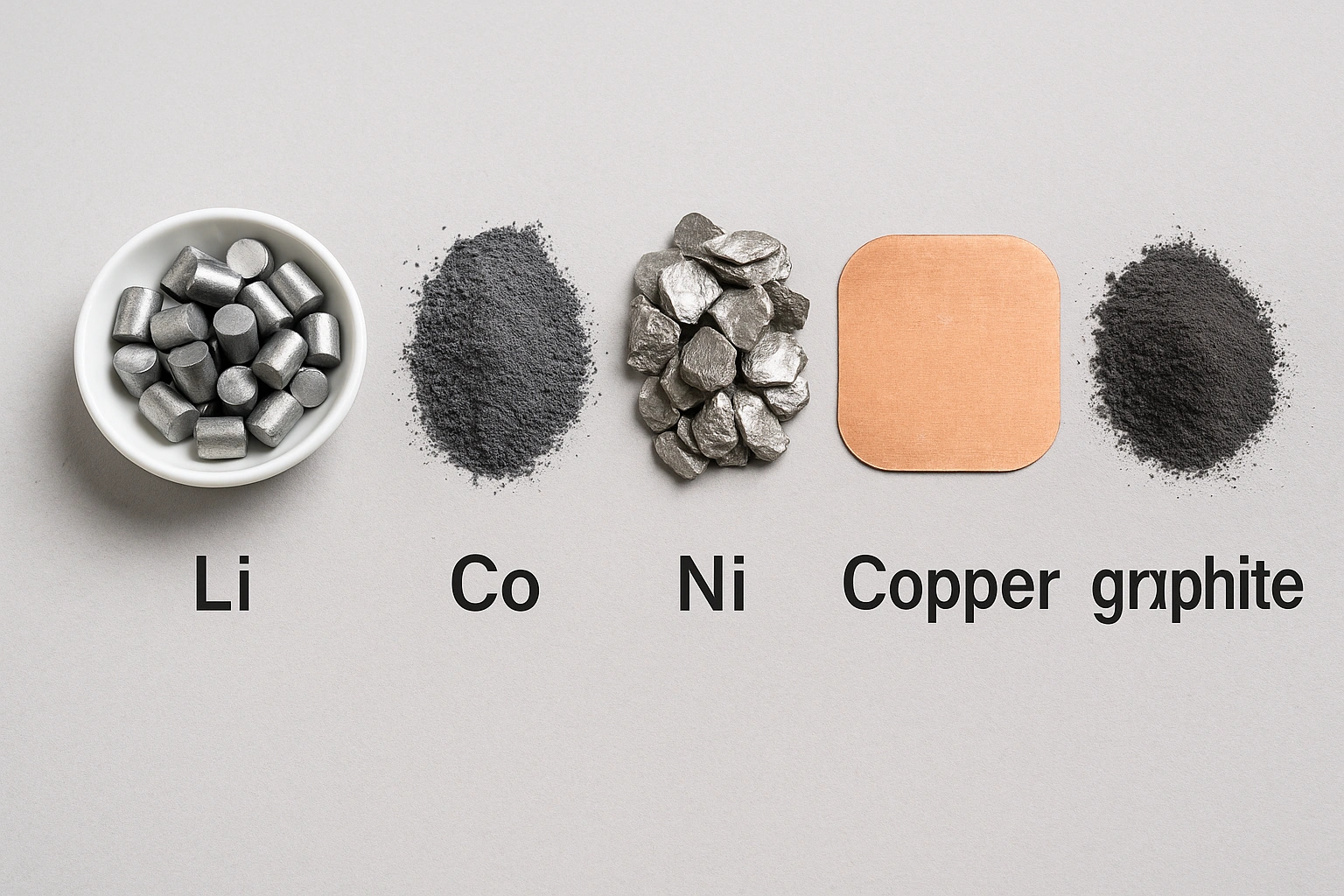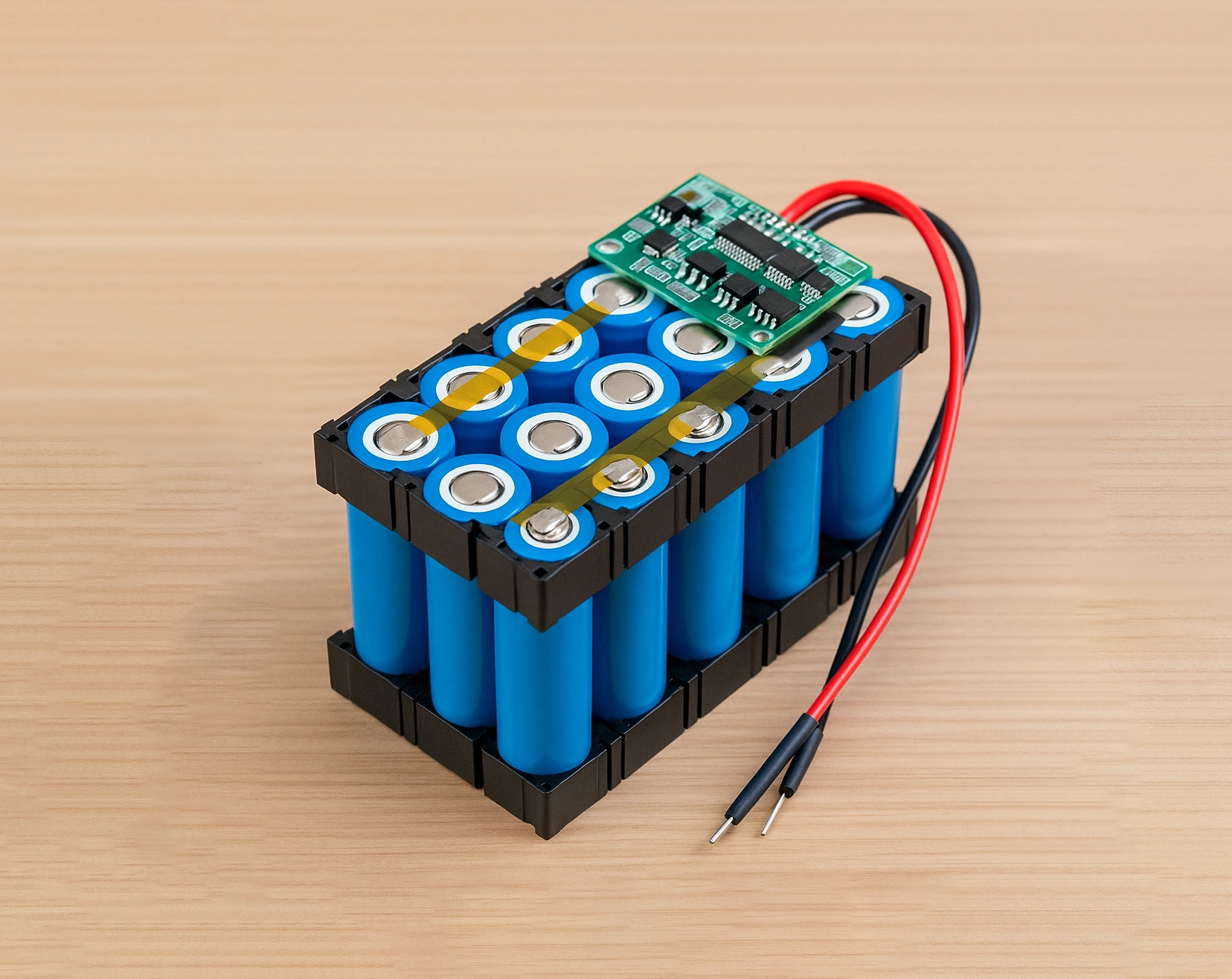How Long Do Li-ion Battery Packs Last?
Introduction
Li-ion battery packs are widely used in laptops, drones, medical devices, power tools, and portable solar systems. But how long do they actually last? What can you do to extend their lifespan? In this guide, we explore the practical lifespan, usage tips, and safety concerns of Li-ion battery packs so you can get the best value from your investment.
What Is a Li-ion Battery Pack?
A Li-ion battery pack is a rechargeable battery system that combines multiple lithium-ion cells with a protective circuit and management system (BMS). These packs are designed to deliver high energy density, long cycle life, and stable voltage output for portable and stationary applications.
Li-ion packs are available in various voltages and capacities, commonly ranging from 3.7V to 72V and from 1000mAh to over 100Ah depending on usage.
How Long Does a Li-ion Battery Pack Last?
The lifespan of a li-ion battery pack is measured in charge-discharge cycles. On average:
| Battery Type | Lifespan (Cycles) | Typical Usage Duration |
|---|---|---|
| Consumer grade | 300–500 cycles | 1–3 years |
| Industrial grade | 800–1500 cycles | 3–5 years |
| High-end packs | 2000+ cycles | 5–10 years |
Actual lifespan depends on how the battery is charged, discharged, and stored.
How Do You Charge a Lithium-ion Battery Pack?
To ensure a long life, follow these best charging practices:
-
Use the correct charger (voltage and current must match)
-
Avoid full 100% charges and deep discharges frequently
-
Unplug once fully charged to prevent trickle stress
-
Charge at moderate temperature (15–35°C)
Charging too fast or too often to full capacity can accelerate degradation.
Should You Leave a Battery Pack Plugged In All the Time?
No. Leaving a lithium battery pack plugged in 24/7 can:
-
Cause minor overcharging stress
-
Increase internal temperature
-
Reduce overall cycle life
Best practice: unplug when charged, or use a smart charger with trickle management.
How Long Does a 10000mAh Battery Pack Last?
That depends on the device being powered. Here’s a rough estimate:
| Application | Power Draw | Estimated Runtime |
|---|---|---|
| Smartphone (5W) | Low | 20+ hours |
| Wi-Fi Router (12W) | Medium | ~8 hours |
| Laptop (45W) | High | ~2 hours |
These values assume average conversion efficiency (85–90%).
What Is a Li-ion Battery Pack Used For?
Common applications include:
-
Consumer electronics: phones, tablets, cameras
-
Medical devices: monitors, ventilators
-
Industrial tools: drills, robots, sensors
-
Electric transport: scooters, drones, e-bikes
-
Backup systems: home power stations, UPS
The adaptability and energy density of Li-ion technology make it ideal for both mobile and stationary systems.
Are Lithium Battery Packs Safe?
Yes—when designed and used properly. Most li-ion battery packs include BMS for:
-
Overcharge and over-discharge protection
-
Temperature and current monitoring
-
Short-circuit prevention
However, safety risks increase if packs are:
-
Physically damaged
-
Charged with incompatible chargers
-
Exposed to extreme heat
Always buy certified battery packs from trusted manufacturers and follow handling guidelines.
Conclusion
Li-ion battery packs are powerful, compact, and long-lasting—but only when properly used and maintained. By choosing the right charging methods, avoiding over-discharge, and using safe storage techniques, you can extend your pack’s life significantly.
Whether you’re powering a drone or a solar backup system, PKNERGY offers customizable Li-ion battery packs with built-in safety, high energy density, and long cycle life for reliable performance.




